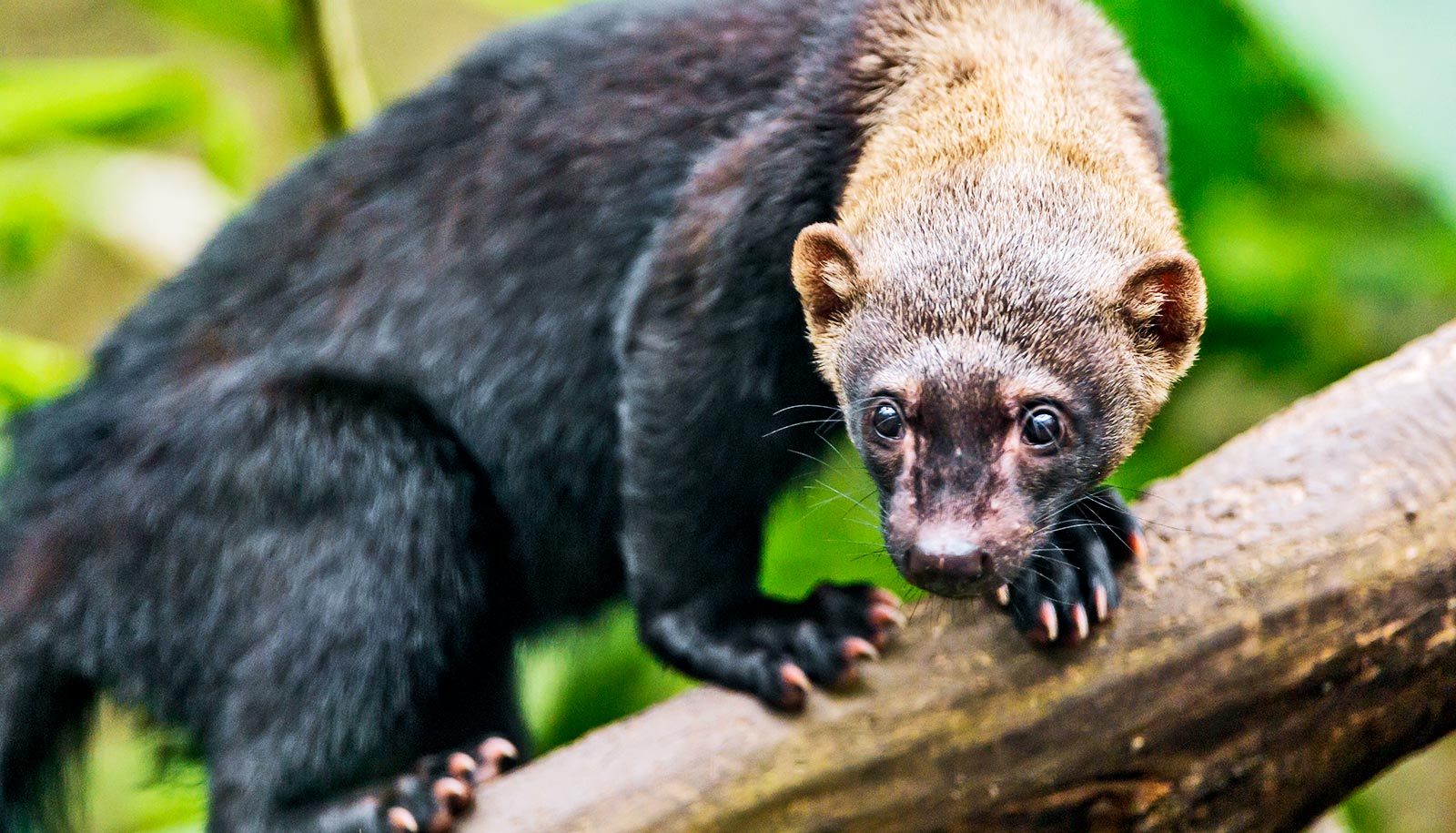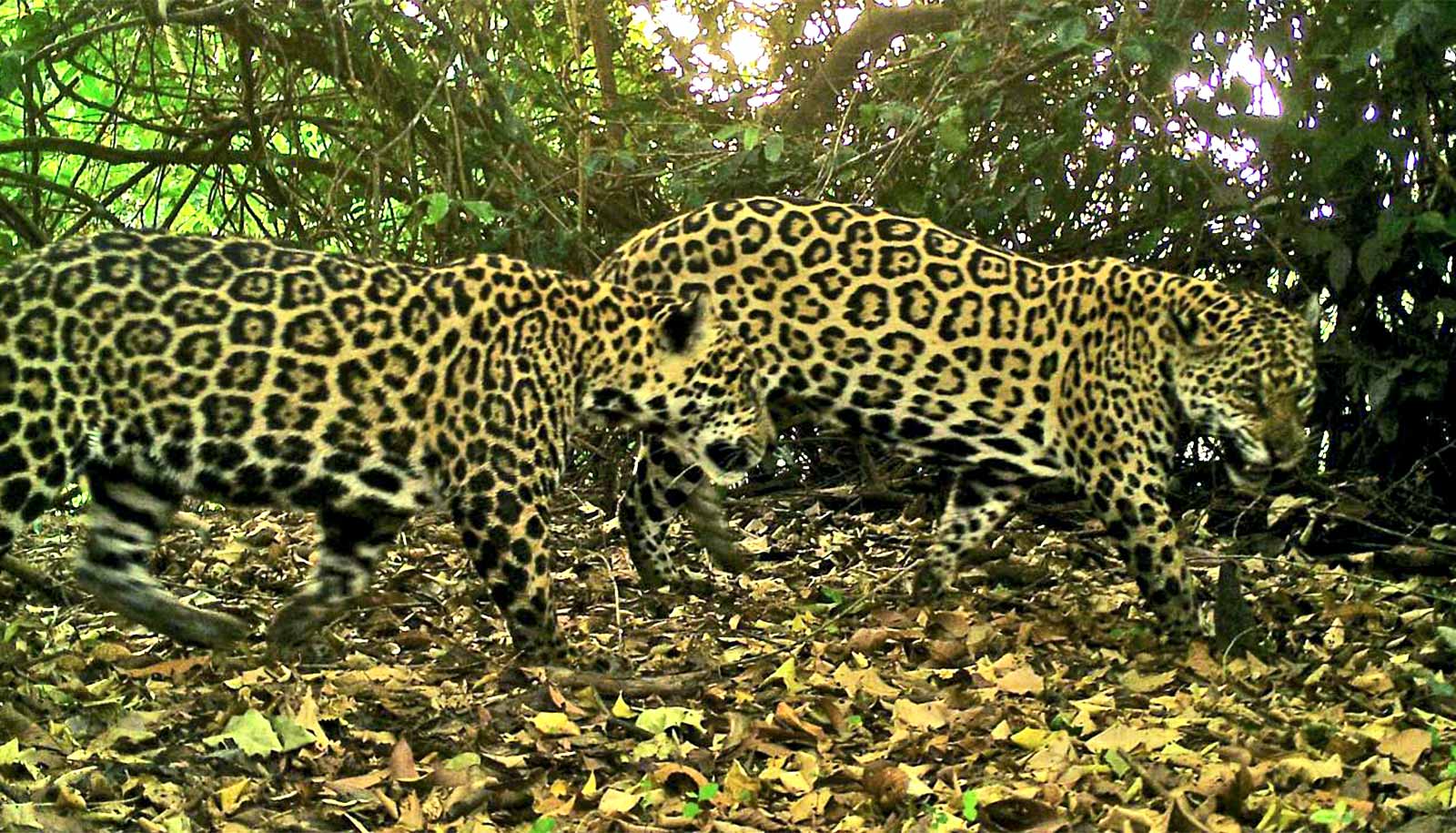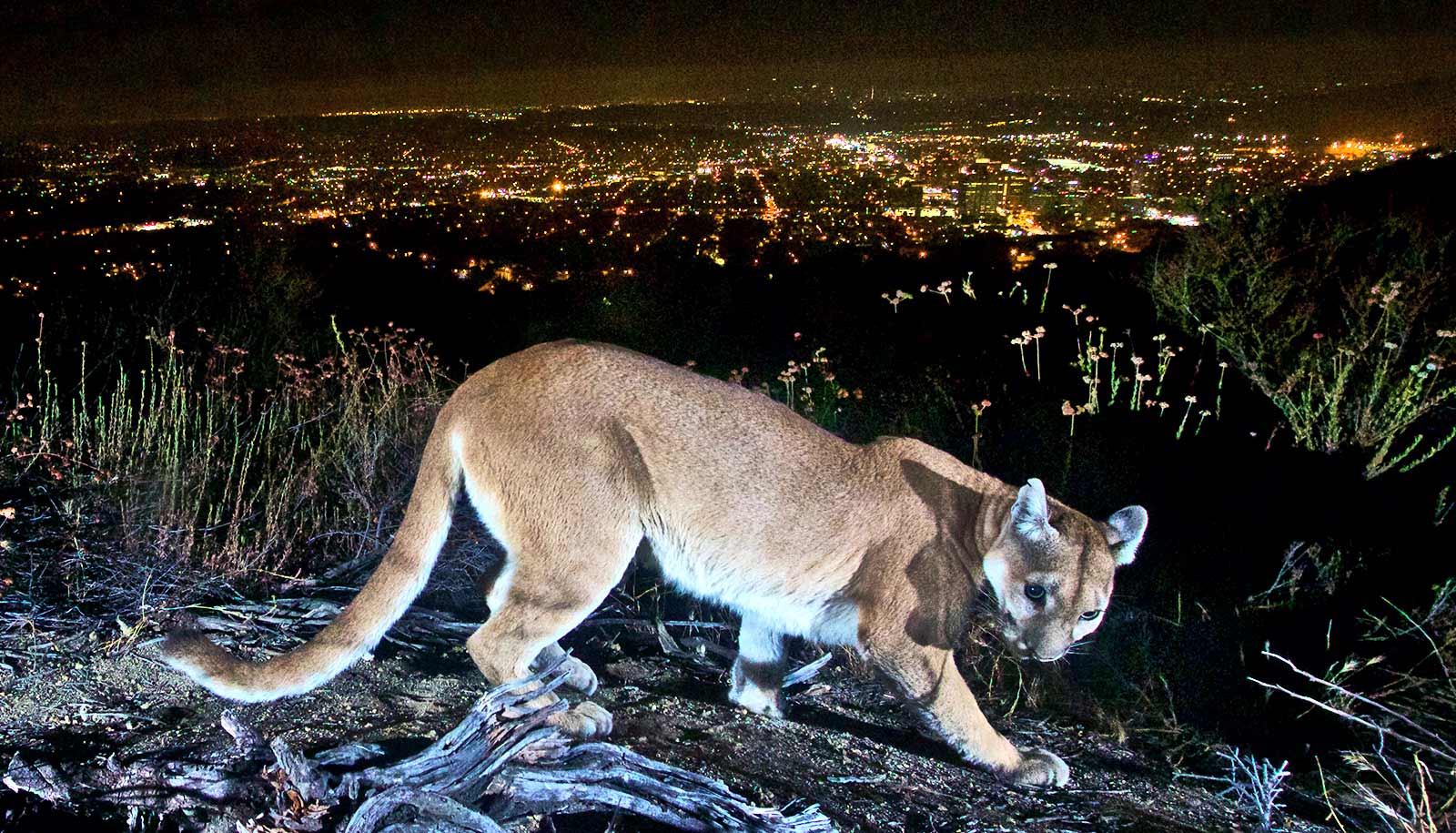Tropical mammals living inside protected areas are not spared the effects of human activity even when it occurs outside of the protected boundaries, according to a new study.
By 2030, if the 30 by 30 initiative supported by more than 100 countries is successful, 30% of our land and ocean ecosystems will be designated protected areas meant to safeguard biodiversity and help limit the impacts of climate change.
Based on the largest long-term camera-trap wildlife survey of its kind to date, the new research sheds light on how anthropogenic stressors such as human population density and habitat fragmentation affect 159 mammal species in 16 protected areas across three biogeographic regions.
The study, published in Nature Ecology and Evolution, could inform biodiversity policymaking decisions by 30 by 30 participants.
Comprised of millions of images collected over multiple years from over 1,000 camera-trap sites, the data set was assembled by a large-scale network of research stations that agreed to implement a consistent data-collection protocol as part of a partnership between Conservation International, the Wildlife Conservation Society, and the Smithsonian Institution.
“This data set is just phenomenal—it was a herculean effort unlike anything attempted before,” says Lydia Beaudrot, an assistant professor of biosciences at Rice University.
The study found that specialist species—which occupy specific habitats only—thrive when habitat fragmentation is low and are generally more susceptible to the negative impacts of human activities like hunting and land use than generalist species, which are able to live in more diverse habitats.
Thus, a white-bellied pangolin living in the Bwindi Impenetrable National Park in Uganda should shuffle closer to its center, since specialists are likely to fare better the farther inward they are from the edge of a protected area.
“Habitats are more varied at the edge of the protected area,” says lead author Asunción Semper-Pascual, a postdoctoral researcher at the Norwegian University for Life Sciences.
“There is usually this difference between forest cover and open landscape, such as an area used for agriculture, etc. Some generalist species thrive in this kind of diverse setting because it provides access to different resources.”
Generalist species, such as the tayra—a dog-sized omnivore in the weasel family that is at home both under forest cover and in grasslands or cropland, only thrive near the edge of protected areas if human population density there is low.
Understanding species-specific responses to different anthropogenic stressors can help set conservation priorities and guide protected-area management—locally by focusing on the most vulnerable species in a region and globally by highlighting how landscape-scale factors affect biodiversity beyond the protected perimeter.
“We have to think about the situation holistically,” Beaudrot says. “Conservation is going to work best when it’s tackled in specific contexts and in concert with the people who live there so as to create win-win situations for both the people and the wildlife.”
“As more protected areas are created, we need to think carefully about the factors both within and outside protected areas that influence biodiversity,” Semper-Pascual says.
The Research Council of Norway and the National Science Foundation supported the research.
Source Rice University



